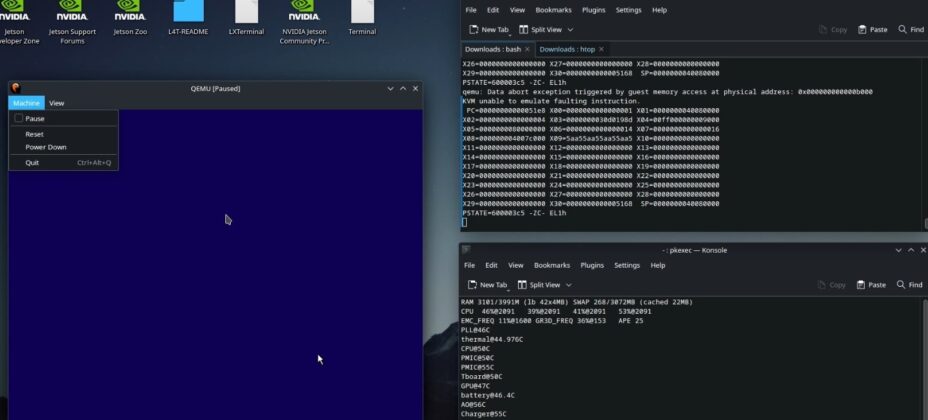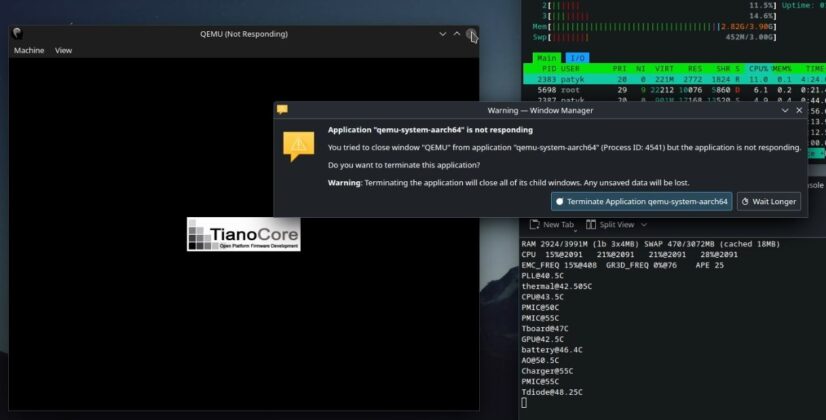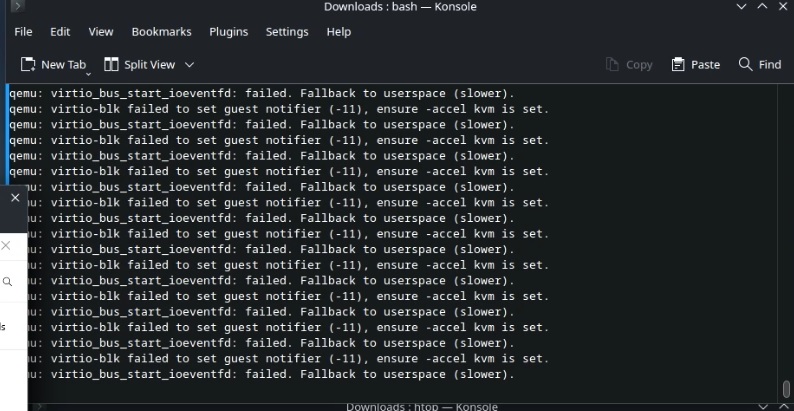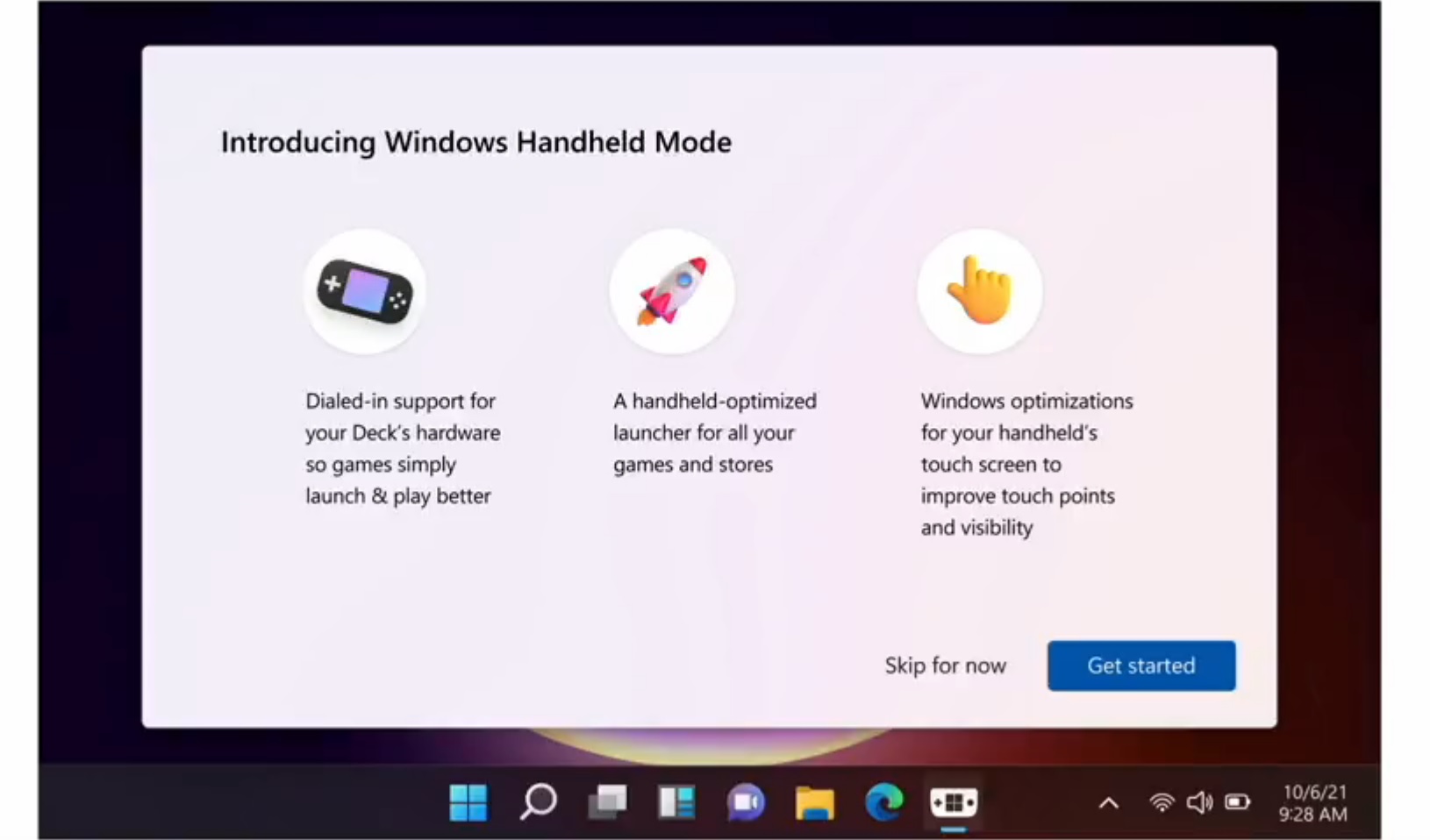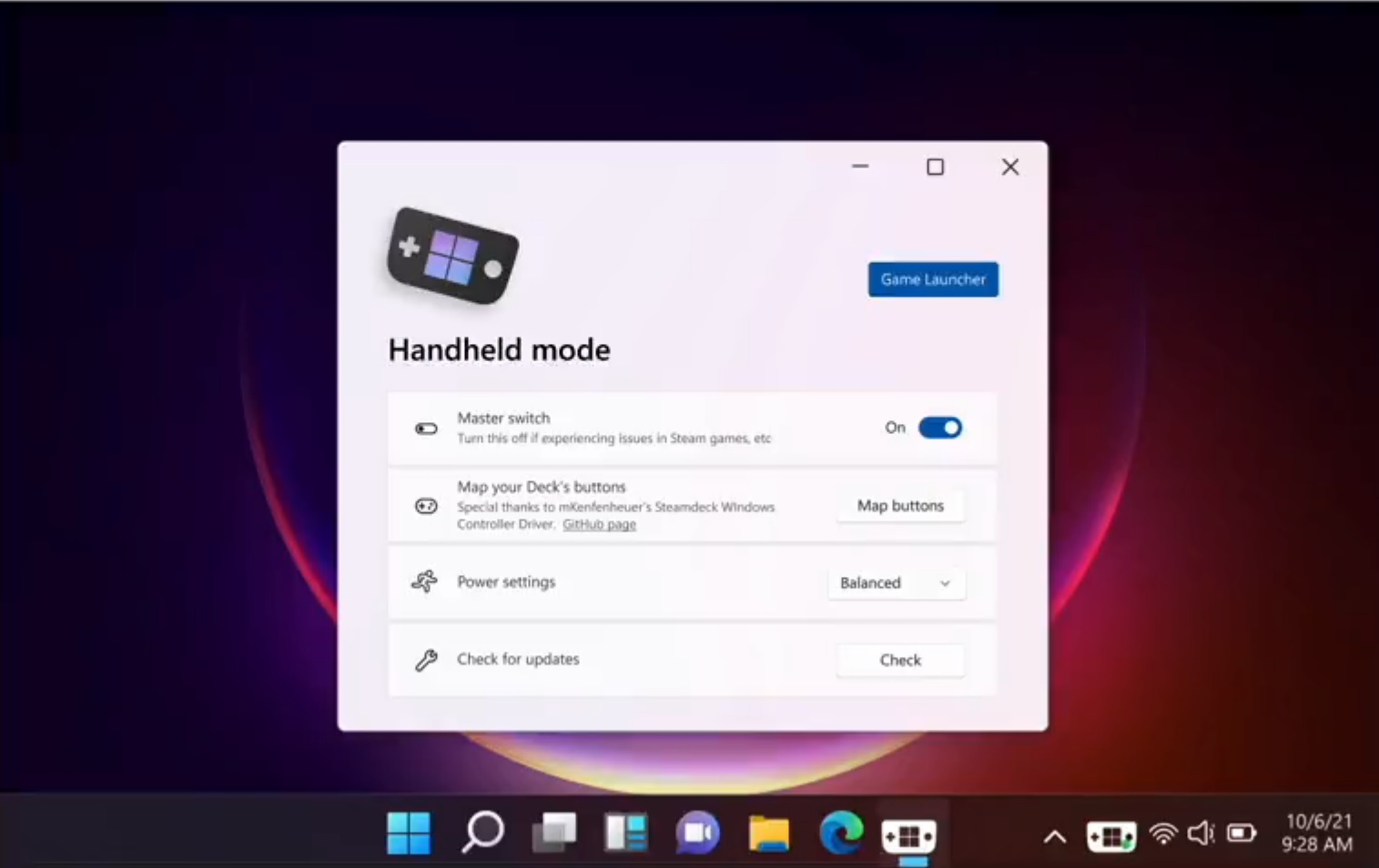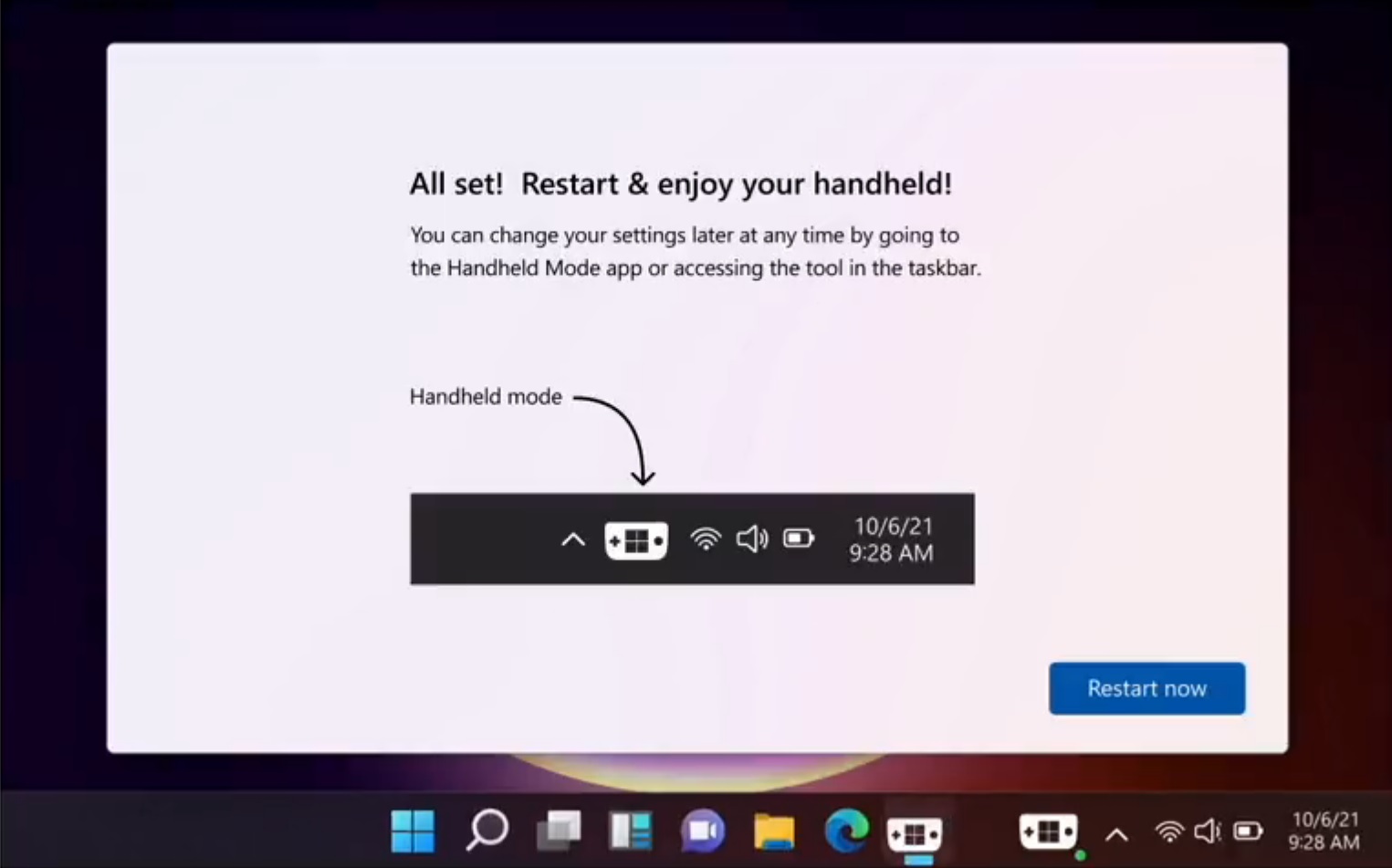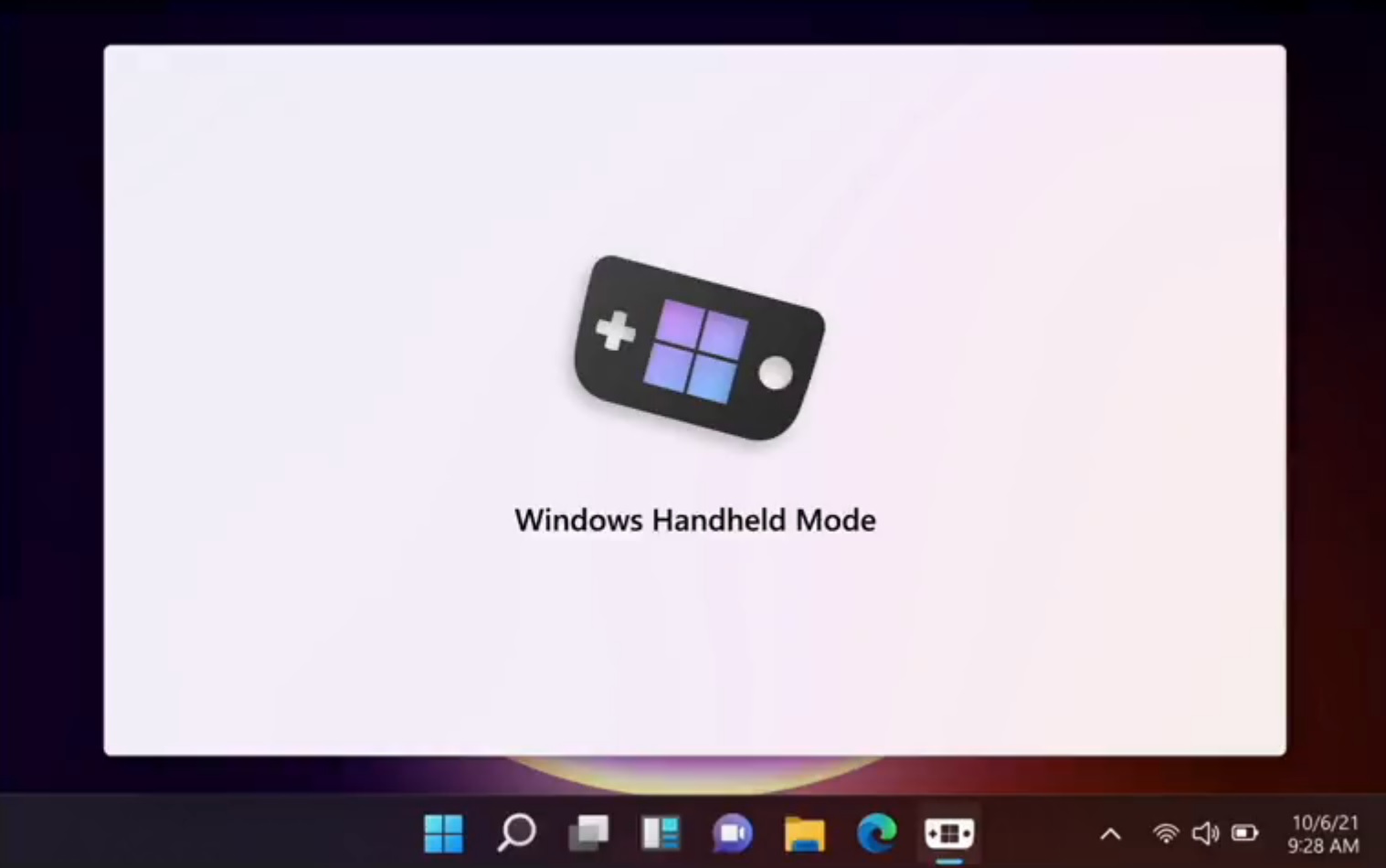Nintendo Switch is every developer’s favourite hardware for running operating systems not originally designed for the handheld. We’ve previously spotted Windows 10 and Linux on Nintendo Switch. Another talented developer, PatRyk (@Patrosi73) on Twitter / X, has achieved the same feat. This time, Nintendo Switch is running Windows 11 on ARM.
Nintendo Switch is running Windows 11’s ARM version with KVM enabled in a virtual environment using Linux QEMU (open-source emulator), but the process isn’t as easy as it might sound. It took about three hours to complete, and every operation in Windows 11 still takes around ten seconds to work.
Developer PatRyk was kind enough to share the interesting details of the project with Windows Latest. PatRyk told us that he started running Windows 11 on Nintendo Switch by installing Fedora Linux on the device’s SD card through Switchroot.
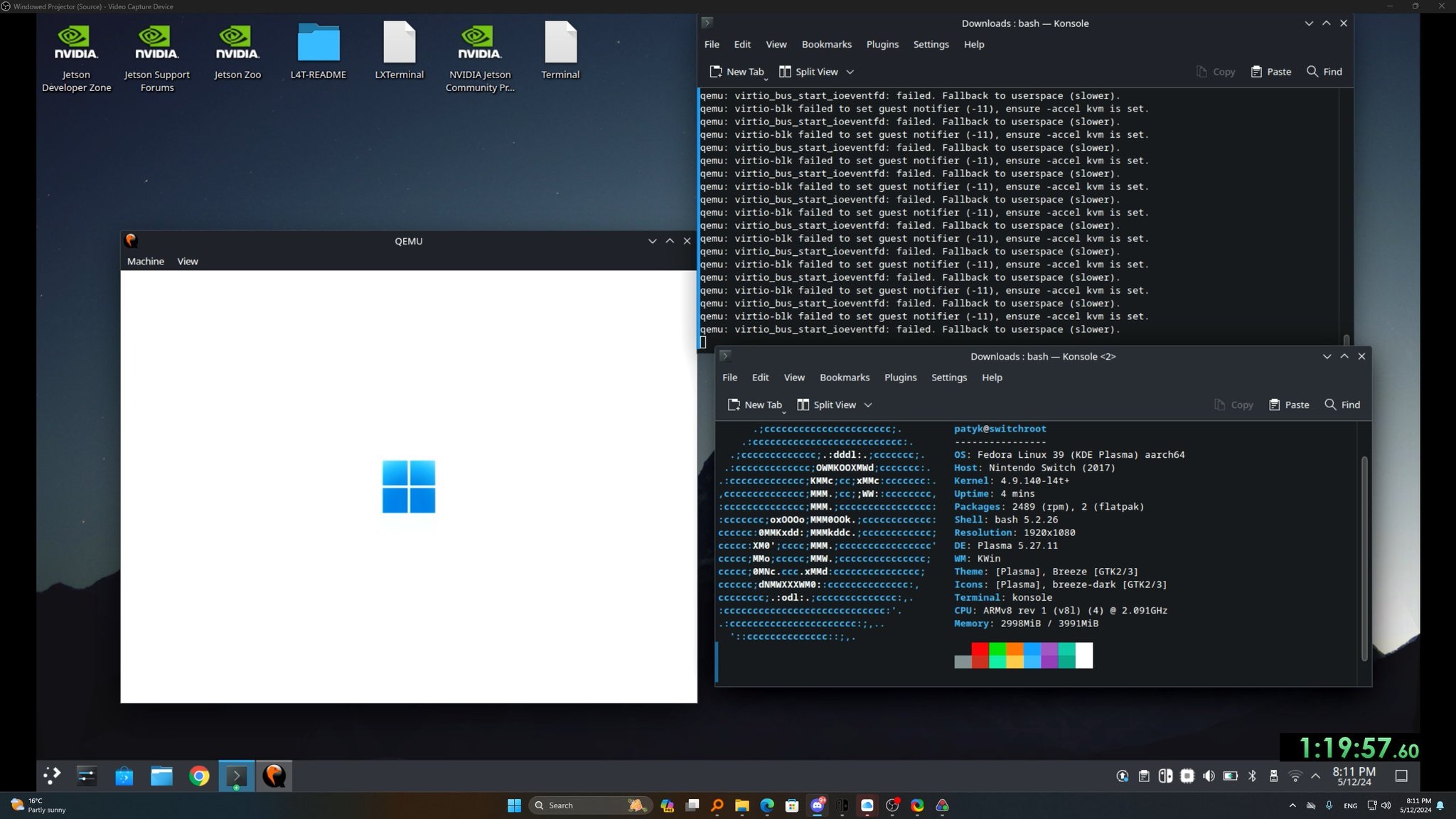
Using Switchroot’s Fedora Linux implementation is required because it is the only version that includes KVM (Kernel-based Virtual Machine) support in the kernel. This is important for better performance of virtual machines on the Nintendo Switch.
— PatRyk (@Patrosi73) May 12, 2024
For those unaware, Nintendo Switch runs a Tegra processor based on the nearly decades-old Nvidia Tegra X1, which is why the emulation can be extremely slow.
After setting up Fedora, PatRyk used a Windows 11 ARM QEMU script from GitHub, which he had to modify to make it work properly with the Switch’s hardware.
“To accomplish this, I installed Fedora Linux on the Switch’s SD card with Switchroot since it’s the only Switchroot distribution that has KVM built-in in the kernel,” PatRyk told Windows Latest. “Then, I re-used a Windows 11 ARM QEMU script from GitHub.”
The original script didn’t allow installation on USB storage, so changing the controller to ‘virtio’ worked in the favour.
He allocated 4 cores and 3GB of RAM to the virtual machine, which is close to the maximum since the Switch only has 4GB of RAM.
— PatRyk (@Patrosi73) May 12, 2024
However, this wasn’t enough for the old Nintendo Switch to emulate Windows smoothly. As you can see in the above and below videos, Windows 11 still runs very slowly, taking more than two minutes just to load the desktop.
The developer shared a 6-minute video with Windows Latest that shows off Windows 11 boot experience on Nintendo Switch:
Quite slow, right? But that’s the best you can expect from an old Nintendo Switch trying to run Windows in an emulation on Linux.
Running Windows and Linux on Nintendo Switch isn’t easy, and it’s not something you can use as a daily driver. The developer faced several issues when trying to demo the project.
For example, the virtio driver often caused errors with hard drive calls, which slowed down the process even more. Sometimes, the system would crash completely or cause QEMU to have a segmentation fault, leading to delays that required restarting the device.
PatRyk mentioned that he tried running Windows and Linux on Nintendo Switch for fun and curiosity than for any practical use, similar to his previous project, where he installed Windows 11 on an old Intel Pentium Dual Core E2180.
“Mostly, I did this out of pure boredom and because I like putting hard-to-run operating systems on low-end hardware (like an Intel Pentium Dual Core E2180 on Windows 11 – yes, I actually did that),” PatRyk told me.
Microsoft needs to optimize the Windows 11 interface for handhelds
Developer PatRyk‘s project is another example of Windows 11’s versatility, but it also reminds us that Microsoft’s desktop OS is still not optimized for handheld devices.
Previously, some developers at Microsoft have explored the idea of adding a dedicated “handheld” mode to Windows 11, but it’s an internal concept for now.
Would you like to see a new version of Windows specifically optimized for handheld PCs? Let us know in the comments below.
The post Watch: Dev runs Windows 11 ARM on Nintendo Switch using QEMU Linux emulation appeared first on Windows Latest

